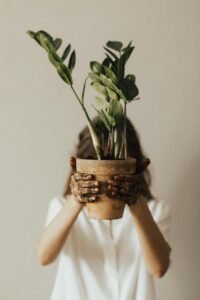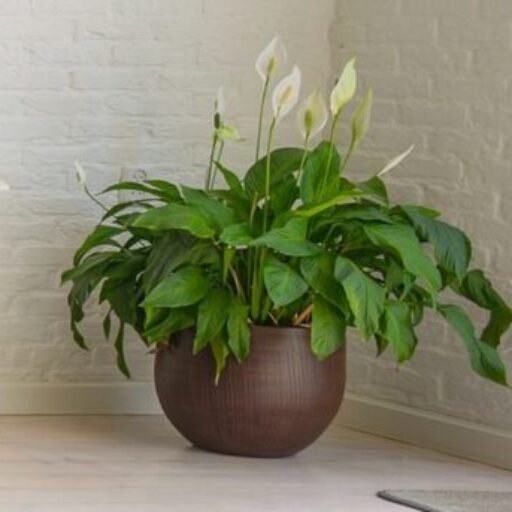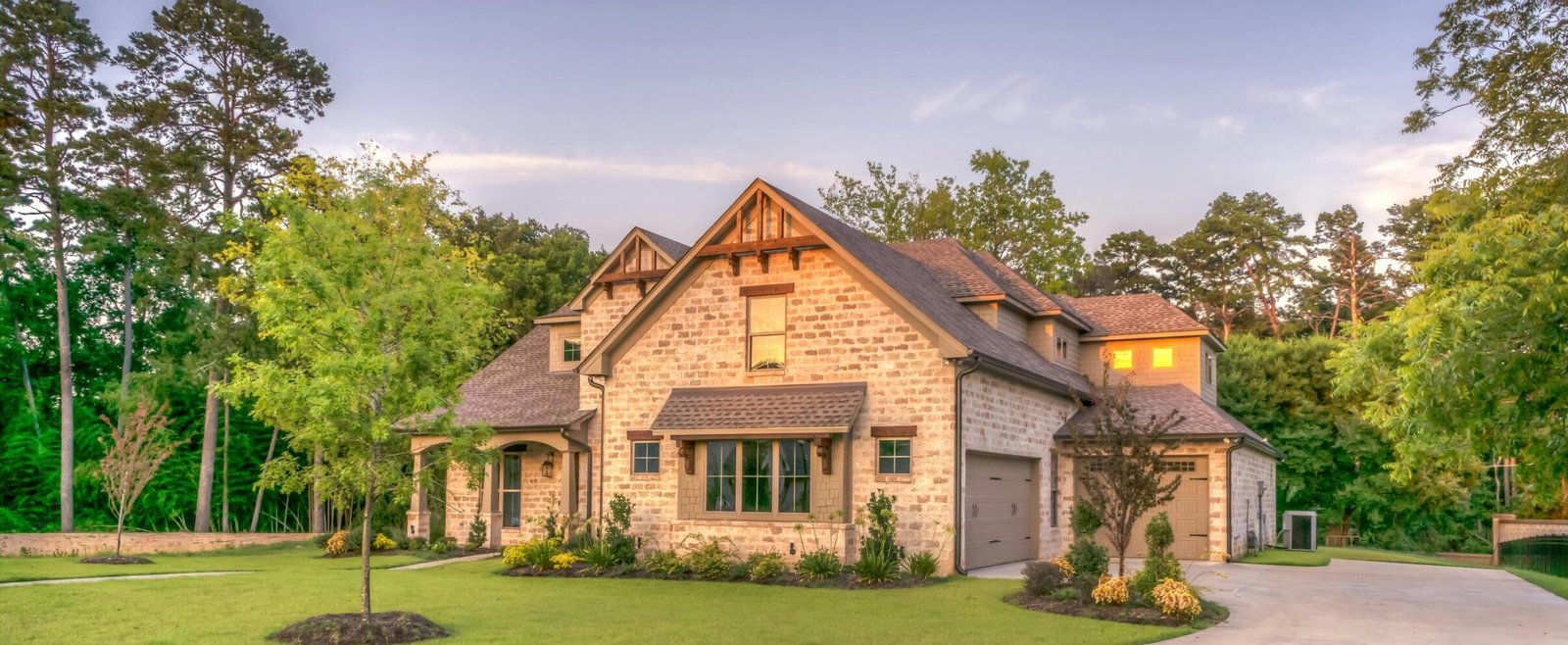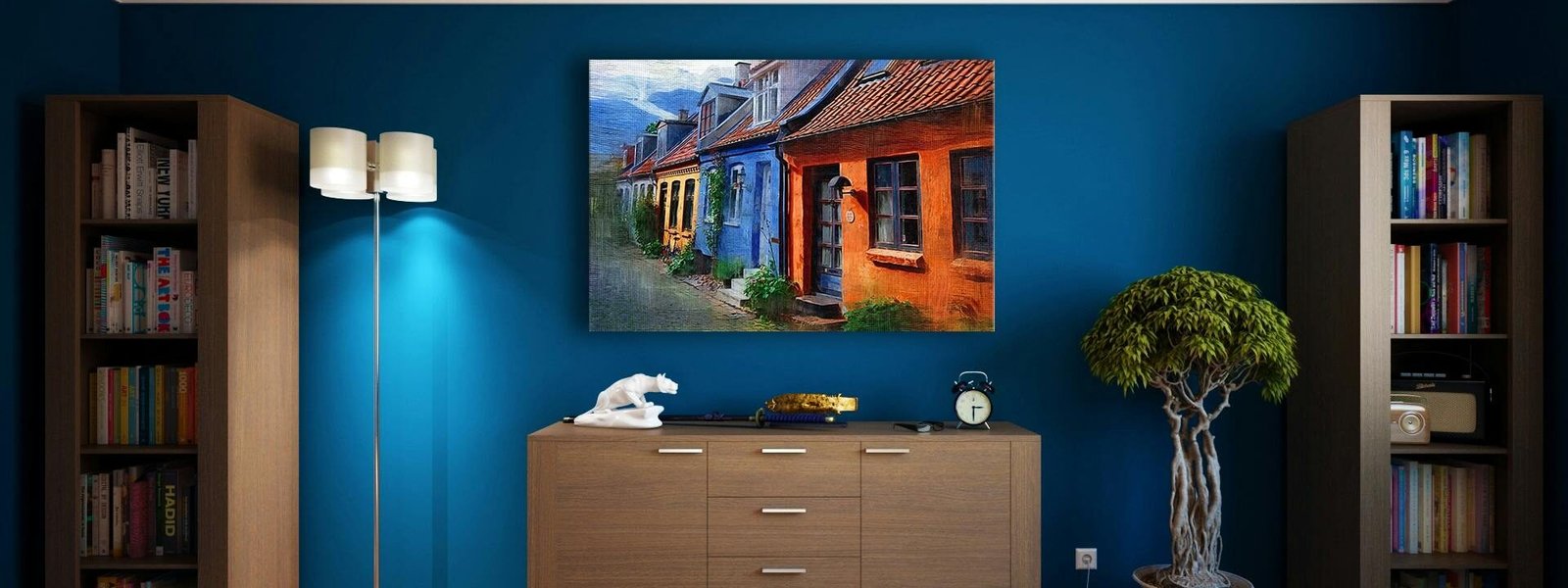The Ultimate Guide to Indoor House Plants

Introduction:
Indoor house plants have become a staple in modern homes, not just for their aesthetic appeal but also for the numerous health benefits they offer. From improving air quality to boosting your mood, these green companions are more than just decor. In this comprehensive guide, we will explore the many advantages of indoor house plants, popular varieties, how to choose the right plants for your space, and essential care tips to keep them thriving.
Benefits of Indoor House Plants:
Improving Air Quality
Indoor plants act as natural air purifiers. They absorb carbon dioxide and release oxygen, which helps to clean the air. Plants like the spider plant and snake plant are particularly effective at removing toxins such as formaldehyde, benzene, and trichloroethylene from the air.
Boosting Mood and Productivity
Studies have shown that being around plants can enhance your mood and productivity. The presence of greenery can reduce feelings of anxiety and depression, making your home or office a more pleasant place to be. Plants like lavender and jasmine can even help improve sleep quality with their soothing scents.
Reducing Stress and Fatigue:

Indoor plants can help lower stress levels and combat fatigue. Their calming presence and the act of caring for them can be a meditative and relaxing activity. Plants such as aloe vera and philodendron are great for creating a tranquil environment.
Popular Indoor House Plants
Low-Maintenance Plants
Snake Plant:

The snake plant, also known as mother-in-law’s tongue, is a hardy plant that can tolerate low light and infrequent watering. It’s perfect for beginners and busy individuals.
ZZ Plant:

The ZZ plant is another low-maintenance option that thrives in low light and requires minimal watering. Its glossy, dark green leaves add a touch of elegance to any room.
Plants for Low Light
Pothos
Pothos is a versatile plant that can grow in a variety of lighting conditions, including low light. Its trailing vines and heart-shaped leaves make it a popular choice for hanging baskets.
Philodendron
Philodendrons are known for their ability to adapt to low-light conditions. They come in many varieties, including the heartleaf philodendron, which is especially easy to care for.
Flowering Indoor Plants
Peace Lily
The peace lily is known for its striking white flowers and ability to thrive in low light. It’s also effective at removing pollutants from the air.
African Violet
African violets are small, flowering plants that come in a range of colors. They require moderate light and consistent moisture to bloom beautifully.
Choosing the Right Plant for Your Space
Assessing Light Conditions
Before choosing a plant, evaluate the lighting conditions in your home. Some plants thrive in bright, indirect light, while others prefer low light. Understanding your space’s light conditions will help you select plants that will flourish.
Considering Space and Size
Consider the amount of space you have for your plants. Large plants like fiddle leaf figs make a statement in spacious rooms, while smaller plants like succulents are perfect for compact spaces.
Understanding Care Requirements
Different plants have different care needs. Some require frequent watering and high humidity, while others can go weeks without water. Choose plants that match your ability to care for them.
Caring for Indoor House Plants
Watering Guidelines
Frequency and Quantity
Watering needs vary by plant species, but a general rule of thumb is to water when the top inch of soil feels dry. Overwatering can lead to root rot, while underwatering can cause wilting and yellowing leaves.
Signs of Overwatering and Underwatering
Overwatered plants may have yellow, wilting leaves and soggy soil. Underwatered plants often have dry, crispy leaves and soil that pulls away from the sides of the pot.
Light Requirements
Direct vs. Indirect Light
Most indoor plants prefer bright, indirect light. Direct sunlight can scorch their leaves, while too little light can cause slow growth and leggy stems.
Artificial Lighting Options
If your home lacks natural light, consider using artificial grow lights. These can provide the necessary light spectrum for plant growth, especially during the winter months.
Soil and Potting
Choosing the Right Soil
Indoor plants require well-draining soil to prevent root rot. A mix of potting soil, perlite, and peat moss is ideal for most houseplants.
Potting and Repotting Tips
Choose pots with drainage holes to prevent waterlogging. Repot your plants every 1-2 years to refresh the soil and provide more room for growth.
Fertilizing Your Plants
Types of Fertilizers
Use a balanced, water-soluble fertilizer for most indoor plants. Organic options like worm castings and fish emulsion are also effective.
How and When to Fertilize
Fertilize your plants during their active growing season (spring and summer). Reduce or stop fertilizing during the dormant winter months.
Common Problems and Solutions
Yellowing Leaves
Yellow leaves can be a sign of overwatering, underwatering, or nutrient deficiencies. Check your plant’s water and light needs and adjust accordingly.
Pest Infestations
Common indoor plant pests include spider mites, aphids, and mealybugs. Regularly inspect your plants and treat infestations with insecticidal soap or neem oil.
Stunted Growth
Stunted growth can result from inadequate light, poor soil, or a lack of nutrients. Ensure your plant is getting enough light, use quality soil, and fertilize as needed.
Decorating with Indoor Plants
Creating a Plant Shelf
A plant shelf can be a beautiful focal point in your home. Arrange plants of varying heights and textures to create visual interest.
Using Plants as Room Dividers
Tall plants like the bamboo palm or fiddle leaf fig can serve as natural room dividers, adding greenery while defining spaces.
Incorporating Plants into Your Decor
Use decorative pots and planters that match your home’s style. Hanging plants, terrariums, and plant stands can also enhance your decor.
Conclusion
Indoor house plants are a wonderful addition to any home, offering numerous benefits from improved air quality to reduced stress levels. By choosing the right plants for your space and providing proper care, you can enjoy a thriving indoor garden year-round. Start your journey with some easy-to-care-for plants and gradually expand your collection as you gain confidence.
FAQs
How often should I water my indoor plants?
It depends on the plant type, but generally, water when the top inch of soil feels dry.
What are the best indoor plants for beginners?
Snake plants, pothos, and ZZ plants are great for beginners due to their low maintenance needs.
How can I increase humidity for my indoor plants?
You can increase humidity by misting your plants, using a humidity tray, or placing a humidifier nearby.
What should I do if my plant has pests?
Inspect your plants regularly and treat infestations with insecticidal soap, neem oil, or by removing pests manually.
Can indoor plants improve air quality?
Yes, many indoor plants can improve air quality by filtering out toxins and releasing oxygen.
I hope you are having a wonderful day! I have a small favor


